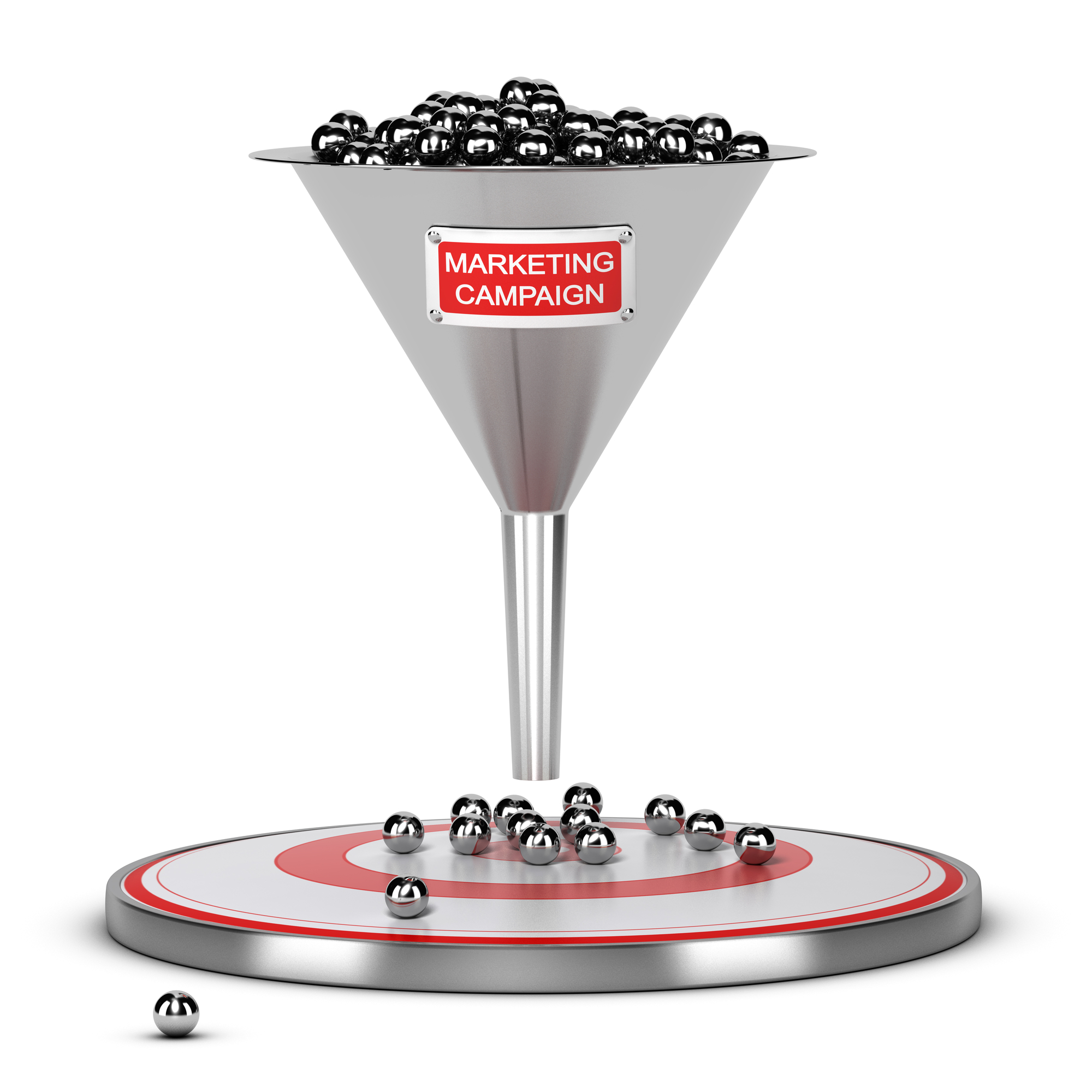
Crafting a Content Strategy for Inbound Leads
By Peggy Tierney Galvin, Chief Strategy Officer
In today’s digital marketing environment, content forms the cornerstone of strategy. Prospects at all stages of the buyer’s journey are looking for answers to their challenges; one survey found that 91% of B2B marketers leverage content marketing to reach potential customers. That’s how important inbound content marketing that generates leads has become.
Formulating a content strategy that gains the trust and wins the business of prospects involves these three steps:
- Deeply understanding the pain points of your target audiences
- Using those pain points to create content that specifically meets their needs
- Keeping open lines of communication between the sales and marketing teams so everyone has up-to-date feedback on what your target audiences are looking for
The foundation of your content strategy
Customers and prospects want to see content that demonstrates your understanding of their business, motivations and challenges – with detail and real-world examples – along with examples of best practices that prospects can use in their everyday job roles.
So, you’ll need to create content that addresses each of your target markets, including vertical markets, and the specific purchase influencer job roles within the organization. For example, the chief finance officer will have different concerns than those of a technical lead, and your prospect will appreciate content aimed at winning over each of the people within his or her organization who will need to sign off on the decision.
Prospects often start their search for resources with a search engine, so your content strategy must be tightly tied to your Google Ad strategy to ensure that your content has the keywords your broader ad strategy is leveraging for SEO and SEM. Including SEO keywords in your content goes a long way toward directing organic traffic to your company’s website. You can have the most attractive eBook on the internet or the most famous and audience-appropriate podcast guest ever, but that’s all meaningless if your prospects can’t see your content in their organic search results. And to see your content, it needs to appear on page one of their results.
Another way to improve SEO is by creating a strong backlinks strategy. Interested parties are directed back to your website by backlinks from placed content in online publications and on blogs. Backlinks from quality sites also tell search engines that your content is worthwhile, which then leads to better search result rankings.
An additional lead acquisition tactic is to use gated content on your site. This requires prospects to provide their contact information in order to access higher–value assets like white papers and success stories that address their current needs.
The value of personalization
Consumers today expect a personalized experience and targeting content to each stage of the buyer’s journey can be an effective way to do this, as it addresses the needs and concerns of different prospects. Since sales teams can’t currently make in-person connections, marketing is taking up the slack through increasingly personalized, account-based marketing.
For example, this content may be threat research that’s based on a prospect’s publicly exposed data or a collection of use cases focused on the niche industry of the prospect. Being able to immediately and specifically show value to that particular prospect is the future of content marketing.
Marketing and sales converge
Customers and prospects now have 24/7 access to brands that has never before been possible. In addition, organizations can follow prospect behavior like never before. That’s why marketing and sales are converging in new and deeper ways – and why they must continue to do so. Marketing and content development leads must stay in close communication with the sales team to hear direct feedback from sales leads and teams on what prospects are worried about, what they’re interested in and what they need help with. It’s specific details like these that will enable a successful and effective content marketing program.
The power of great content
Content has become an important asset for supporting businesses’ demand generation efforts in the current expanded landscape of digital marketing. Content creation can be a powerful mode of reaching customers and leading them into your sales funnel, if done right. Using highly targeted content that addresses the needs and concerns of potential customers can become a powerful asset for bringing in new business.
In a digital-only marketing environment, using feedback from the sales teams to track with prospects’ needs and concerns is a powerful model for making sure your content is helping with lead generation. Creating all the content necessary for every stage of the buying process can be daunting, and not all companies have enough in-house talent to do so. If that’s the case, think about working with a provider of content marketing services. This kind of service can advise on content strategy, too. Use the best practices noted above to craft a plan that serves prospects and brings them right to your door.
And if you’d like help generating a plan and/or the content itself, we’re here to help. You can contact us here.




